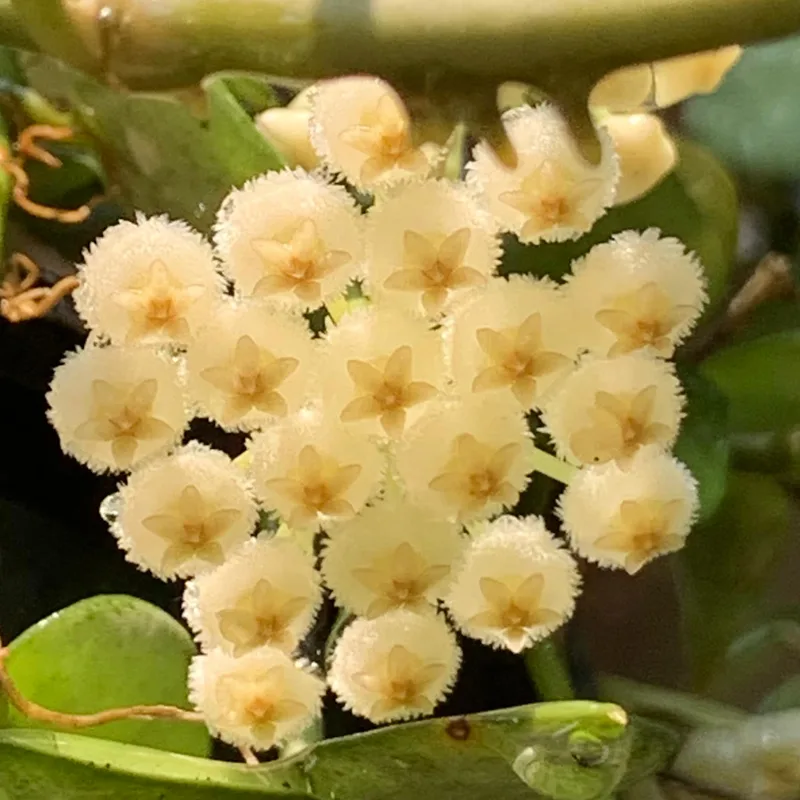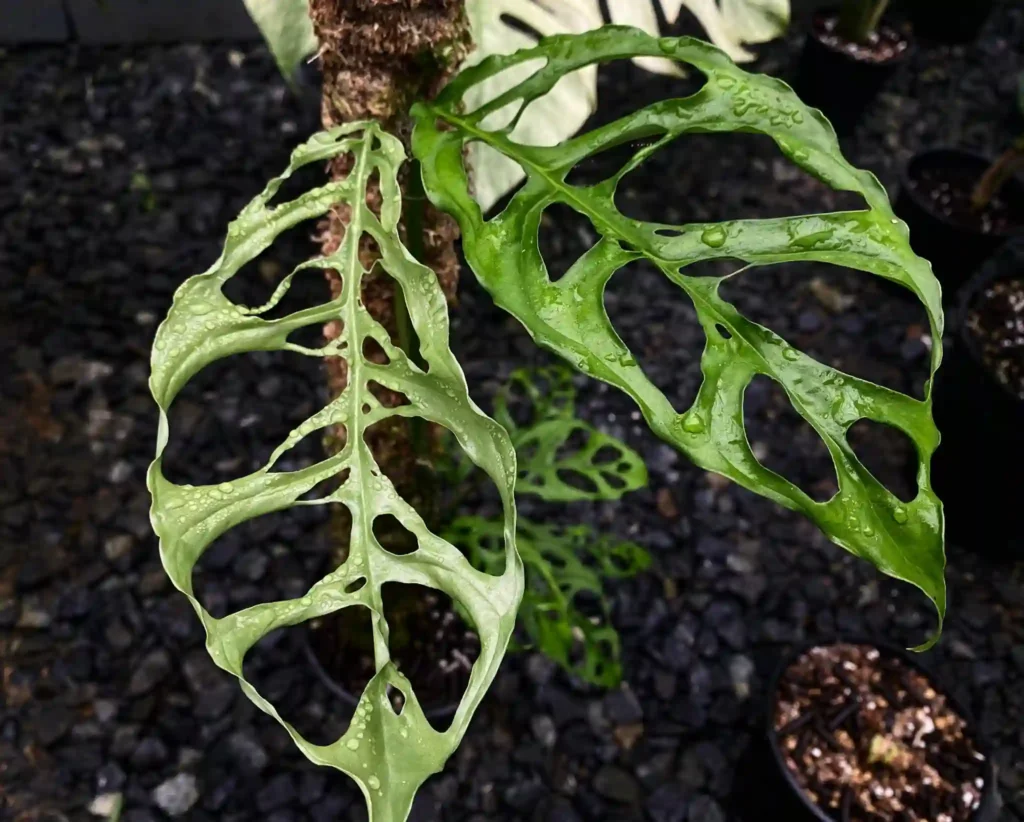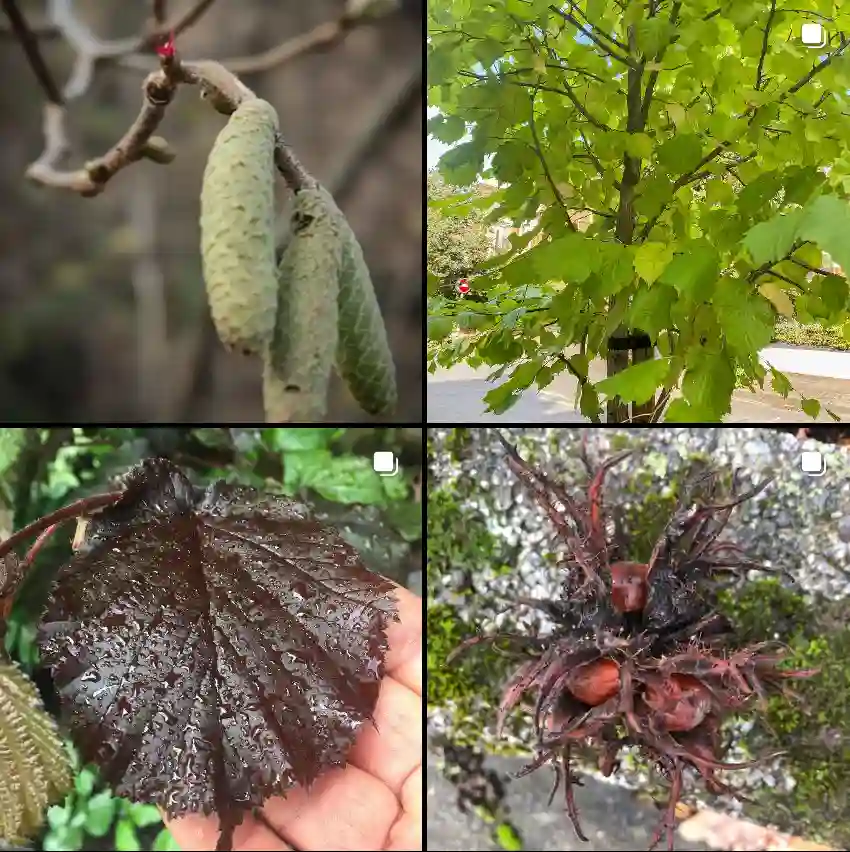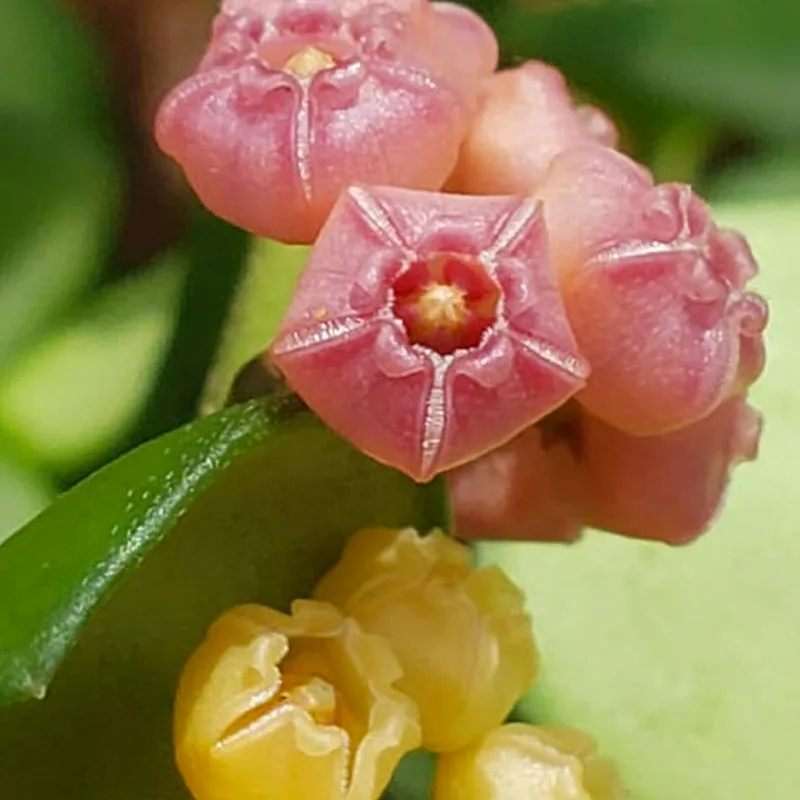My Fascination with the Berberidaceae Family
I’ve always been drawn to the subtle beauty and unique characteristics of the Berberidaceae family. These plants, with their often-showy flowers and berries, have a certain charm that’s hard to resist. As a botanist and enthusiast, I’ve spent countless hours studying and admiring these fascinating plants.
The Distinctive Features of Berberidaceae
One of the things that sets Berberidaceae apart is their unique floral structure. The flowers typically have a distinct pattern of three or more sepals, petals, and stamens. This symmetry, often in multiples of three, gives the flowers a balanced and pleasing appearance.
Another hallmark of this family is the presence of berries. These fleshy fruits, often brightly colored, are a vital food source for birds and other wildlife. In some species, the berries are also edible for humans, adding another layer of interest to these plants.
A Diverse Range of Genera
The Berberidaceae family is surprisingly diverse, encompassing a wide range of genera. Each genus has its own unique characteristics and adaptations, contributing to the overall richness of this family.
- Berberis: This genus is perhaps the most well-known, encompassing the barberries. These shrubs are prized for their ornamental foliage, often showcasing vibrant colors in autumn. The berries of some species are used to make jams and jellies. – 619 Species in Genus Berberis – Barberry
- Epimedium: These herbaceous perennials, commonly called barrenwort, are valued for their delicate flowers and attractive foliage. They are often used as ground cover in shady areas. – 69 Species in Genus Epimedium – Barrenwort
- Podophyllum: This genus includes the mayapple, a unique plant with umbrella-like leaves and a single white flower. The ripe fruit is edible, but the rest of the plant is toxic. – 17 Species in Genus Podophyllum
- Nandina: This monotypic genus comprises the heavenly bamboo, an evergreen shrub with feathery foliage and clusters of red berries. It’s a popular ornamental plant in gardens. – Nandina Domestica in Genus Nandina – Heavenly Bamboo
- Achlys: A genus of herbaceous perennials native to North America and eastern Asia, recognized for their distinctive, fan-shaped leaves and small, white flowers in spikes. 3 Species in Genus Achlys
- Bongardia: A monotypic genus represented by Bongardia chrysogonum, a perennial herb native to the eastern Mediterranean region, with yellow flowers and spiny, glaucous leaves.
- Caulophyllum: A small genus of herbaceous perennials native to eastern Asia and North America, characterized by their thrice-compound leaves and blue, berry-like fruits.
- Gymnospermium: A genus of herbaceous perennials native to Eurasia, known for their yellow flowers and unique, inflated seed pods.
- Jeffersonia: A small genus of herbaceous perennials native to eastern North America and eastern Asia, with distinctive, two-lobed leaves and delicate, white or lavender flowers. Jeffersonia Diphylla of Genus Jeffersonia
- Leontice: A genus of herbaceous perennials native to Eurasia and North Africa, with yellow flowers and compound leaves, some species having medicinal uses.
- Plagiorhegma: A small genus of herbaceous perennials native to eastern Asia, with deeply lobed leaves and white or pinkish flowers.
- Ranzania: A monotypic genus represented by Ranzania japonica, a perennial herb native to Japan, with large, trifoliate leaves and purplish-brown flowers.
- Vancouveria: A genus of evergreen perennials native to western North America, known for their delicate, fern-like leaves and small, white flowers in panicles.
Ecological and Economic Importance
The Berberidaceae family plays a vital role in various ecosystems. The flowers provide nectar and pollen for pollinators, while the berries are a valuable food source for birds and other animals. Some species also serve as host plants for butterfly larvae.
From an economic perspective, several members of this family have commercial value. Barberries are cultivated for their ornamental value and berries, while Oregon grape is used in herbal remedies. Some species are also harvested for their wood, which is used for various purposes.
Conservation Concerns
While many Berberidaceae species are thriving, some face threats due to habitat loss, overharvesting, and invasive species. It’s crucial to protect these plants and their ecosystems to ensure their continued survival.
My Continued Exploration
My fascination with the Berberidaceae family continues to grow with each new discovery. I’m constantly amazed by the diversity and adaptability of these plants. Whether it’s the vibrant colors of a barberry bush in autumn or the delicate beauty of an Epimedium flower, there’s always something new to appreciate.
I encourage everyone to take a closer look at the Berberidaceae family. These plants, with their unique features and ecological importance, are a true testament to the wonders of the natural world.
If i die, water my plants!



